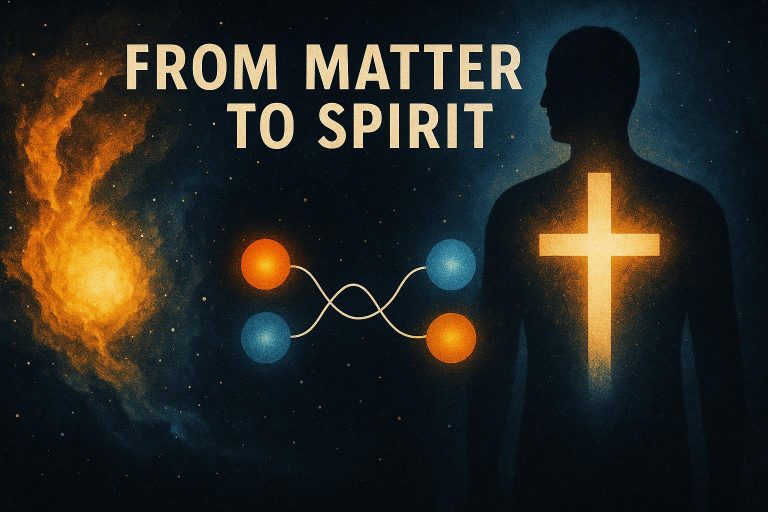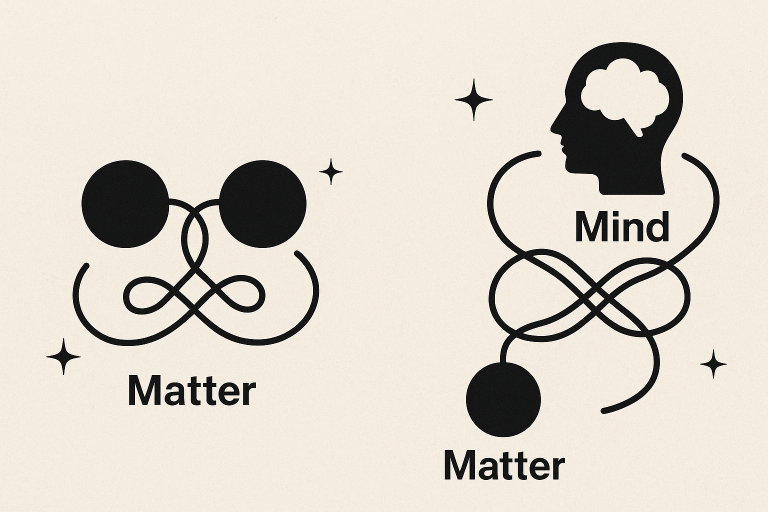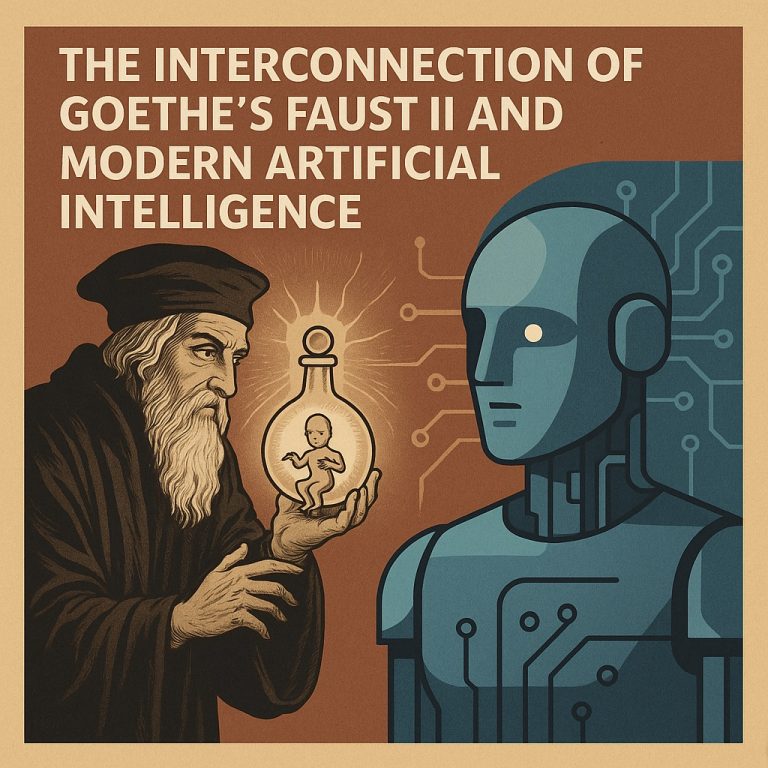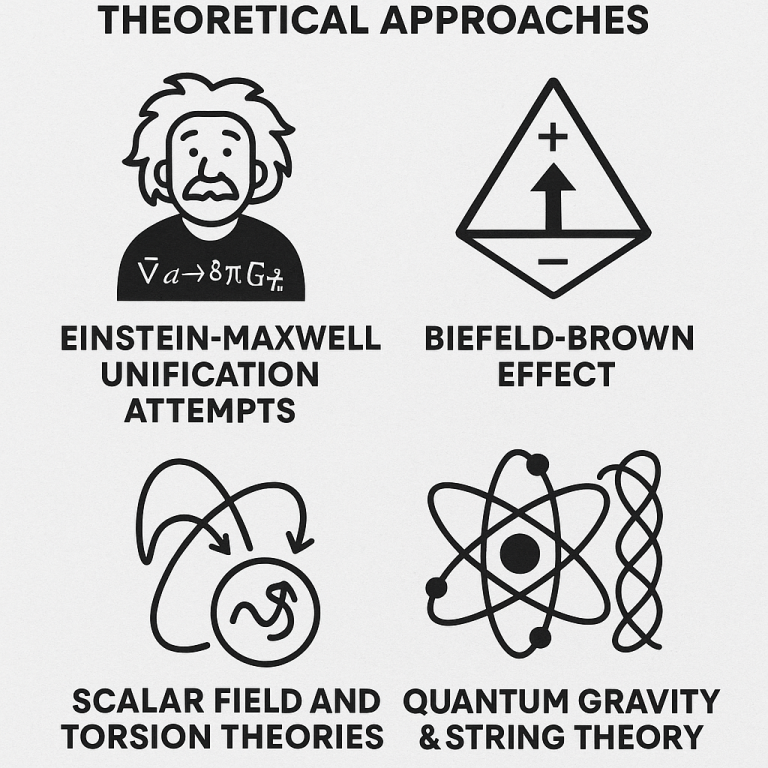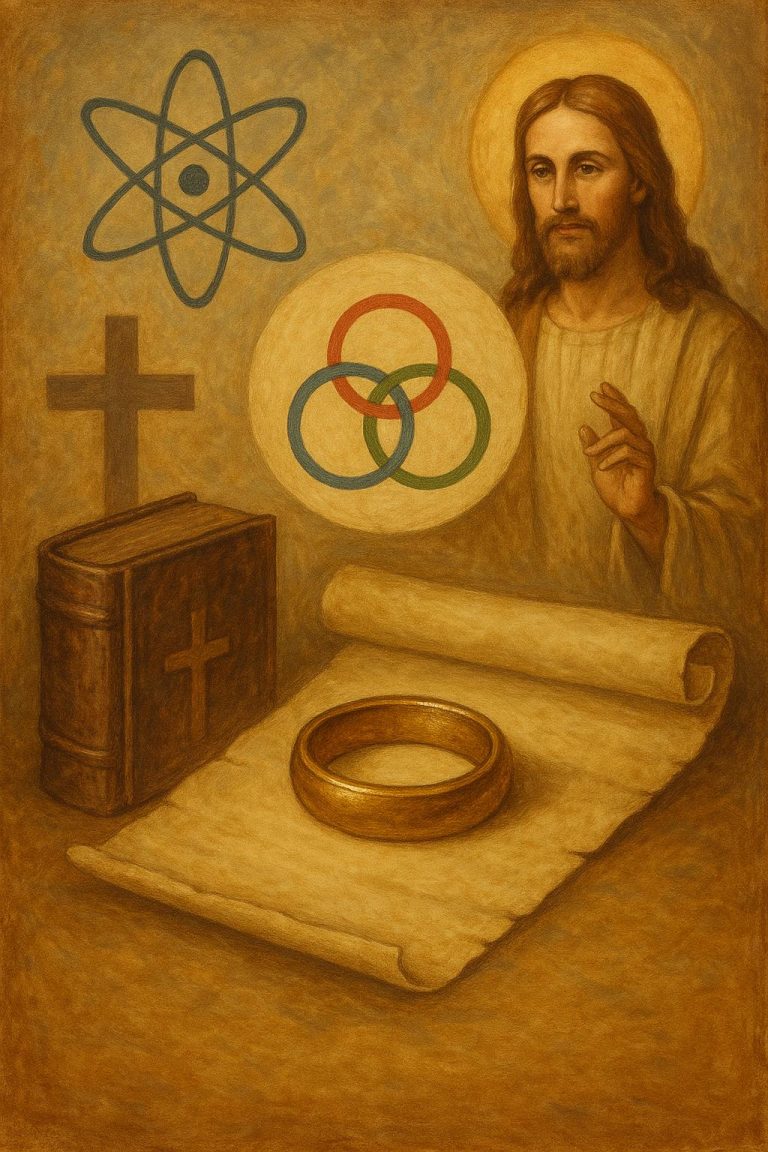Quantum Entanglement and the Christian Faith: Insights from the Deep Structure of Reality
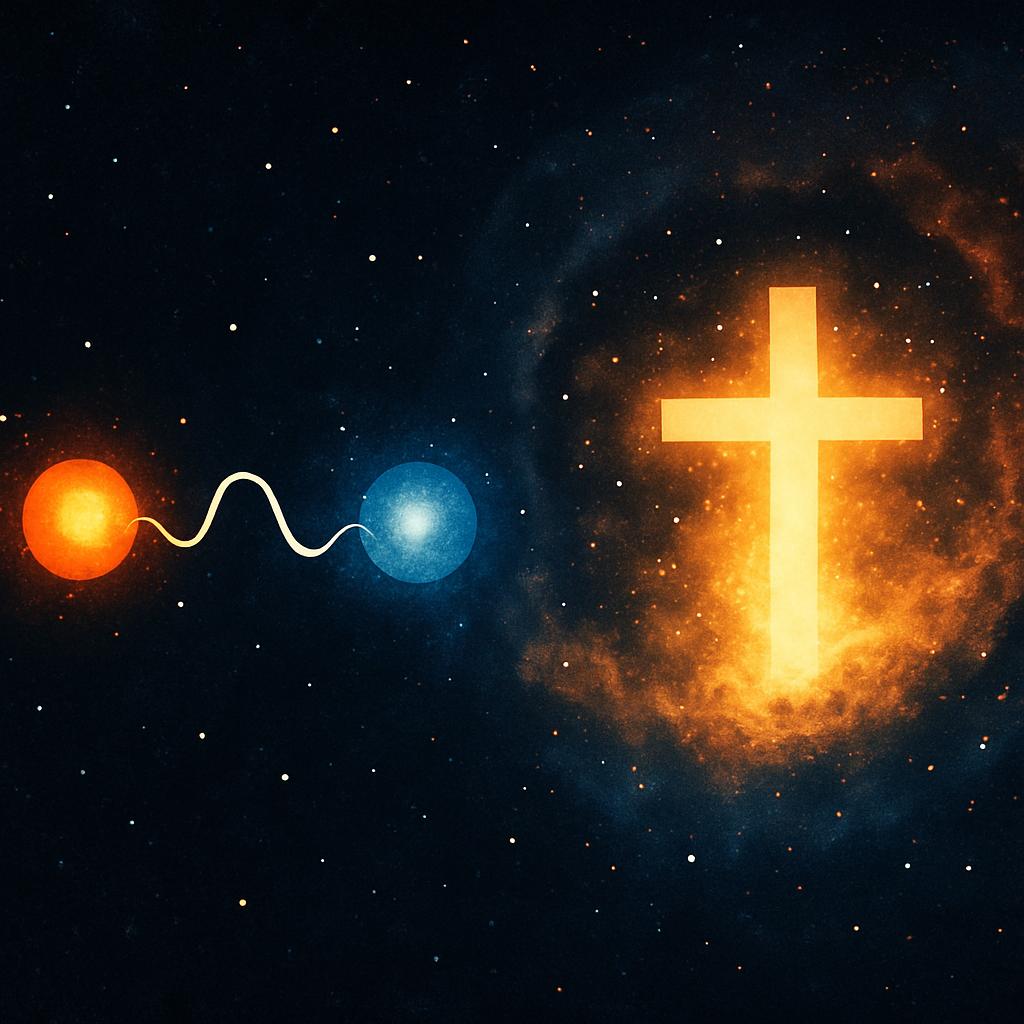
In the early 20th century, quantum physics revolutionized our understanding of the universe, revealing a world that behaves in ways radically different from classical expectations. One of the most astonishing phenomena discovered is quantum entanglement—a mysterious connection between particles that allows them to affect one another instantaneously, even across vast distances. Einstein famously called it “spooky action at a distance.” For Christian thinkers and theologians, such phenomena not only challenge materialistic assumptions but may also invite fresh reflection on the nature of creation, unity, and the sustaining presence of God.
What Is Quantum Entanglement?
Quantum entanglement occurs when two or more particles become linked in such a way that their properties are instantly correlated, regardless of the distance between them. If the state of one particle is measured, the other particle’s state is instantly determined, even if they are light-years apart. This non-local behavior seems to defy the speed-of-light limit and raises deep questions about causality and information flow.
While scientists can describe entanglement mathematically and confirm it experimentally, its underlying nature remains elusive. Does it point to a hidden layer of reality? Could it suggest that the universe is, in some sense, fundamentally interconnected?
Creation as a Unified Whole
From a Christian perspective, quantum entanglement echoes the biblical theme of connectedness within creation. Scripture affirms that all things are created by, through, and for Christ (Colossians 1:16–17), and that “in Him all things hold together.” This cosmic unity, grounded in the sustaining power of God, resonates with the mysterious unity observed in entangled systems.
Entanglement challenges the idea that particles or beings are fundamentally isolated. Instead, it suggests that at the most basic level, reality is relational—a view deeply compatible with Christian belief in a relational Creator and a universe made for communion.
Beyond Materialism
Entanglement also unsettles strict materialism—the belief that all phenomena can be fully explained by matter and local interactions. In contrast, the Christian worldview holds that reality is more than just physical—that the spiritual and the material are intertwined. Just as entangled particles seem to transcend local limits, so the Christian faith affirms a God who is both immanent and transcendent, present within creation yet not limited by it.
Furthermore, entanglement has no clear “mechanism” in space-time. It suggests that there may be a deeper layer of reality beyond what we can measure—what theologians might call the spiritual realm. While science cannot affirm or deny the spiritual, its discoveries leave space for mystery and meaning beyond the observable.
Implications for Theology and Ethics
The interconnectedness implied by entanglement also invites theological and ethical reflection. If all creation is mysteriously linked, it reinforces the Christian call to love, stewardship, and solidarity. The idea that what we do affects others in ways beyond our perception echoes Jesus’ teaching that even small acts of love or neglect have eternal significance (Matthew 25:40).
Additionally, quantum entanglement challenges our assumptions about separateness, suggesting that individualism is not the ultimate truth of existence. This aligns with the Christian understanding of the Body of Christ (1 Corinthians 12), in which each person is unique yet intrinsically connected to the whole.
Conclusion
Quantum entanglement remains one of the great mysteries of modern physics—fascinating, counterintuitive, and deeply humbling. While it does not prove theological claims, it invites reflection on the nature of a universe that is interconnected, relational, and in many ways hidden from plain sight. For Christians, it offers a powerful metaphor for the divine mystery that holds all things together. As science continues to probe the fabric of reality, faith can walk alongside it—not in opposition, but in awe, worship, and wonder at the Creator whose fingerprints are found even in the quantum realm.

